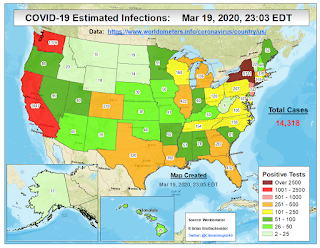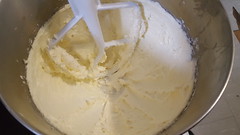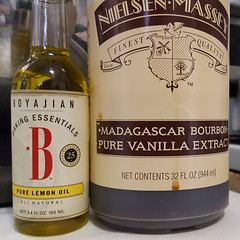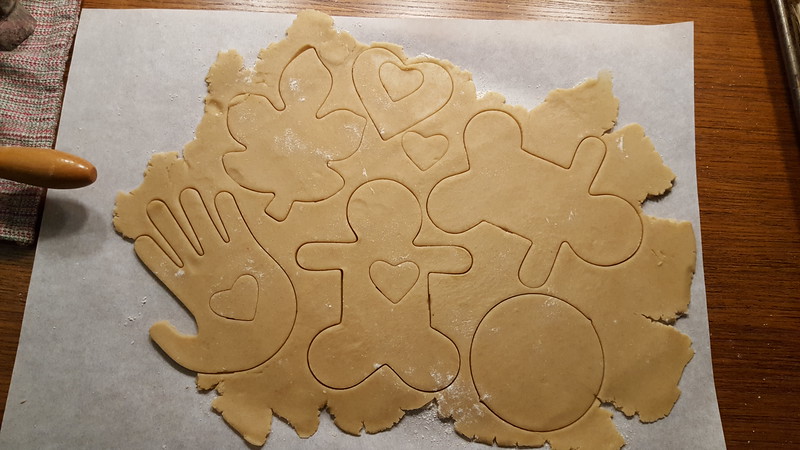It’s been barely a month since the first handful of COVID-19/SARS-CoV2 cases were reported in New York State. On March 4, there were 6 confirmed cases.
As I write this:
- There are nearly 5,000 dead in New York.
- Nearly 3,500 have died in New York City alone. If NYC was a country, it would be 6th in the world in deaths.
It’s not over. We face the worst in the days ahead. But an end – for New York, at least – is in sight.
It is a strange hybrid collective trauma we are working our way through. So much has changed so quickly. It’s not quite four weeks since I started working from home. My husband started working from home three weeks ago. A week after that, all NYC restaurants and bars were forced to stop admitting guests. On the equinox, I first wrote about living through an epidemic for the second time in my life.
We’ve had the advantage of being able to make (some) preparations for it. Yet we have months of loss and grieving to come.
There is no clear roadmap for how we should react, respond, and recover. Those of us who have survived past epidemics can draw on our experiences, but none of us have ever lived through anything quite like this.
Here’s an excerpt from “The Layers” by Stanley Kunitz (1905-2006), from which I borrowed for the title of this blog post:
When I look behind,
as I am compelled to look
before I can gather strength
to proceed on my journey,
I see the milestones dwindling
toward the horizon
and the slow fires trailing
from the abandoned camp-sites,
over which scavenger angels
wheel on heavy wings.
Oh, I have made myself a tribe
out of my true affections,
and my tribe is scattered!
How shall the heart be reconciled
to its feast of losses?
In a rising wind
the manic dust of my friends,
those who fell along the way,
bitterly stings my face.


.jpg)



























